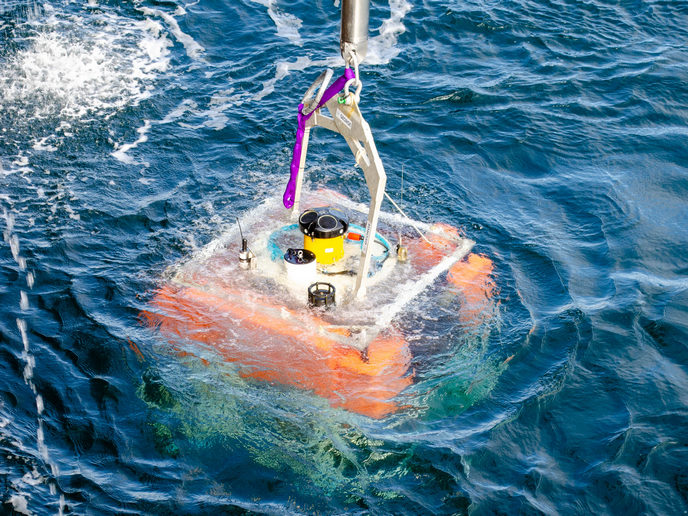Role of Arctic rivers in carbon and mercury cycles
Despite the massive impact of climate change on the world's Arctic regions, there is a scarcity of data on exactly how these areas are changing. In particular, there is little understanding of how spring thawing permafrost is impacting the global carbon cycle. The EU-funded project TOMCAR-PERMAFROST(opens in new window) (Terrestrial organic matter characterization in Arctic River through molecular and isotopic analyses) studied the Great Whale River in Canada and the Yenisei River in Russia to understand the effects of permafrost active layer thawing. Researchers used geographic information systems and biogeochemical analysis to reveal how and what organic carbon is transferred into the oceans by Arctic rivers. They focused in particular on the composition and quality of organic matter, as this has a huge effect on ecosystems. The project team found that the Great Whale River transported between 200 and 700 tonnes of dissolved organic carbon (DOC) per day during the spring flooding season. This was both old and new DOC with the composition being influenced by variation in watershed composition due to preferential snow melt related to vegetation cover. High resolution sampling of the Yenisei basin showed that DOC export was estimated to be the highest for all Arctic rivers with more than 5 Tg (teragrams) per year. In addition, researchers measured the highest level of mercury (Hg) in an Arctic river during the spring freshet, providing key results for understanding of Arctic Hg budget. TOMCAR-PERMAFROST provided new information about the fate of DOC and Hg in Arctic rivers, thereby increasing understanding of both cycles in the Arctic Ocean. This will increase knowledge on the quality of organic matter and its potential implication for the local and global carbon cycle and the long-term effects of climate change. This fresh data can be therefore used to further understanding of greenhouse gas emissions and the fate of contaminants, thereby helping to precisely model the carbon cycle and possible responses from terrestrial and aquatic ecosystems. A documentary film outlining the work conducted on the Yenisei River by a Franco-Russian viewed can be watched here(opens in new window).







